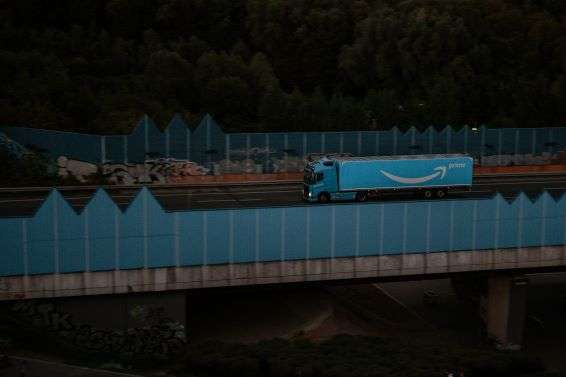Amazon’s ability to adapt and maintain its supply chain during global disruptions like the COVID-19 pandemic showcases its operational resilience. Learn how strategic agility and technological investments keep Amazon’s supply chain running smoothly in turbulent times.
Building a Resilient Supply Chain
In the face of global disruptions, from pandemics to natural disasters, Amazon has consistently proven its ability to maintain smooth supply chain operations. Its resilience comes from strategic investments in technology, inventory management, and flexible logistics models that enable rapid adaptation. Amazon’s success provides valuable lessons for supply chain leaders seeking to bolster their own operations against unforeseen challenges.
During the COVID-19 pandemic, while many companies struggled to keep up with demand and disrupted supply lines, Amazon swiftly adapted. By reallocating resources, shifting inventory levels, and leveraging real-time data analytics, Amazon was able to keep essential goods flowing. These adaptive measures helped the company meet increased customer demand, minimize delays, and maintain customer trust in a period of unprecedented uncertainty.
Technology-Driven Agility
Amazon’s supply chain resilience is largely built on the integration of advanced technologies like artificial intelligence (AI) and machine learning (ML). These tools enable the company to anticipate demand fluctuations, identify bottlenecks, and make real-time adjustments to inventory and logistics. Dynamic route optimization, for example, helped Amazon navigate complex delivery challenges during the pandemic, ensuring that goods reached customers on time, despite logistical hurdles.
Additionally, Amazon’s diversified supply chain—spanning a vast network of suppliers, warehouses, and delivery partners—provides the flexibility needed to quickly reroute products when disruptions occur. This multi-tiered structure not only supports continuity but also allows Amazon to scale operations up or down based on real-time market conditions.
Conclusion: Lessons in Resilience for Supply Chain Leaders
Amazon’s ability to remain agile and responsive during global crises is a testament to the importance of building a resilient supply chain. For supply chain directors, the key takeaway is clear: invest in technologies that enhance visibility, flexibility, and real-time decision-making to ensure your operations can weather any storm.







